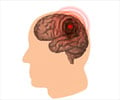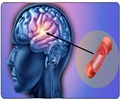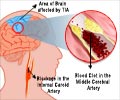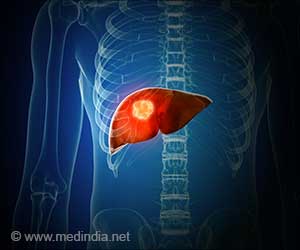Impaired stroke survivors benefit from robotic assist system, reveals study in Stroke: Journal of the American Heart Association.

"After two years, five times more patients who underwent robotic assistance training were able to walk without assistance, but only the most severely impaired," said Giovanni Morone, M.D., lead researcher and a physiatrist specialist and temporary assistant professor at the Santa Lucia Foundation, Institute for Research Hospitalization and Health Care in Rome. "In others it seemed to make little difference, so the patient selection for this type of treatment is most important."
Earlier studies have shown similar advantages combining robotic and conventional therapy early on, but this is the first study to examine whether or not these improvements persist.
The robotic devices are electromechanical platforms attached to a patient's feet that are controlled by a physical therapist. The therapist uses a controller to carefully measure a patient's status and to progressively set bearing weight and their walking pace.
In the new study, patients were evaluated during their hospital stay, at discharge, and two years later.
They were classified by the degree of their disability, and separated into either high- or low- mobility groups. The team used three standard tests to evaluate patients' ability to walk and other task performance, including normal daily activities.
Advertisement
Only patients with the greatest degree of motor impairment who underwent robotic training showed improvement in walking without assistance two years after their discharge.
Advertisement
"It could be time to change the research question from whether or not robotic-assisted walking training is effective, to who will benefit the most," said Morone. "Doctors need to select the right patients and remember that this is an adjunct to traditional gait training."
Future studies should attempt to more finely correlate these treatment options with the degree of motor impairment, as well as the stroke post-onset timeline for recovery, he added.
Source-Eurekalert















